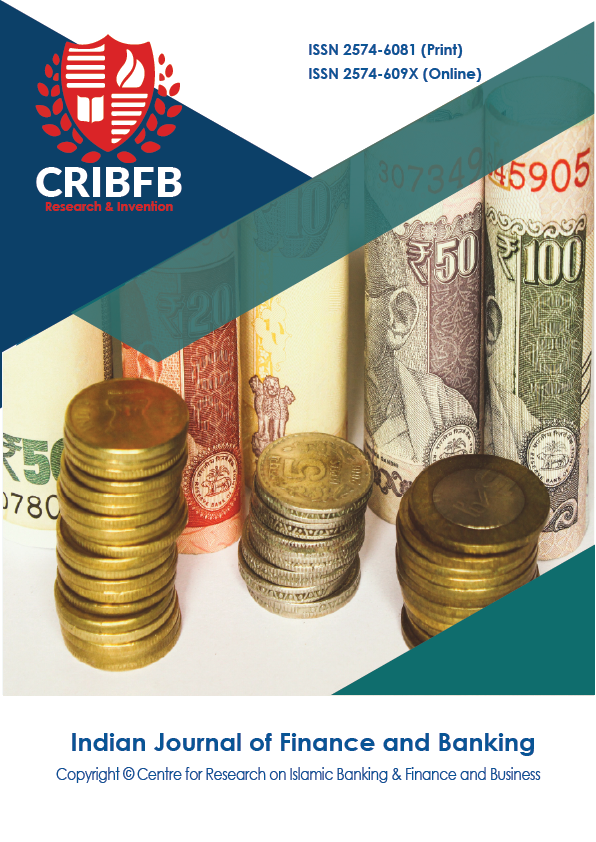A Study on Effectiveness of the Crop Insurance in Karnataka -With Special Reference Chikmagalur District
Main Article Content
Abstract
Indian agriculture activities are severely dependent on rainfall that occurs in monsoon year. The behavior of the monsoon is unusual that cause natural disasters like lack of rainfall or floods, cyclones, etc. Majority of the cropped area is affected by drought. About 12 million hectors of the agricultural land is affected by the calamities and this land does not have irrigation facility. Crop insurance is a tool to protect the farmers from financial loss as a result of crop loss out of nearly all natural factors past their manage consisting of weather, natural calamities , floods, pests, illnesses etc. There is a need for the crop insurance to protect the farmers against the financial loss due to crop loss. There are various schemes under crop insurance which aim to provide financial support to farmers. This is the motivation behind the study. The research is carried out to understand the effectiveness of crop insurance. A sample of 348 Farmers was considered to collect opinions through a structured questionnaire in Chikmaglur district, Karnataka. The factors under the study were Awareness, Financial security, income stability, Loan repayment towards the future acceptance of crop insurance.




